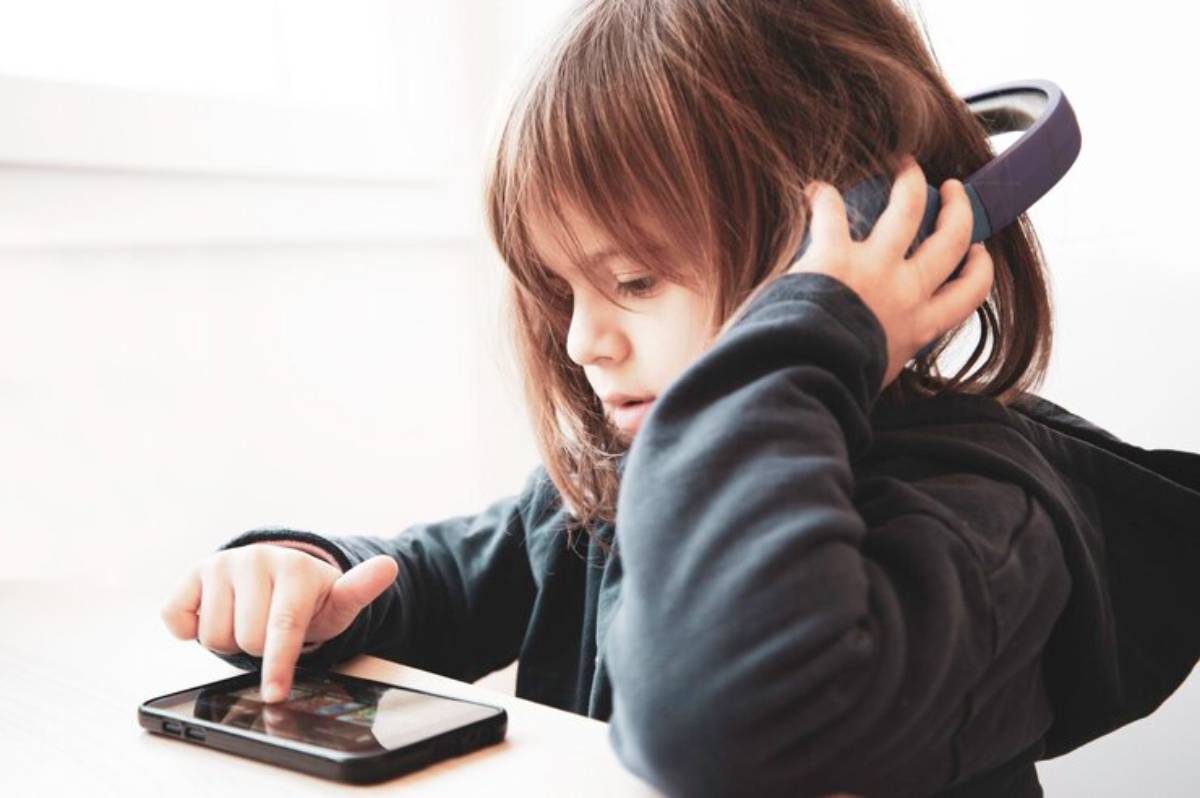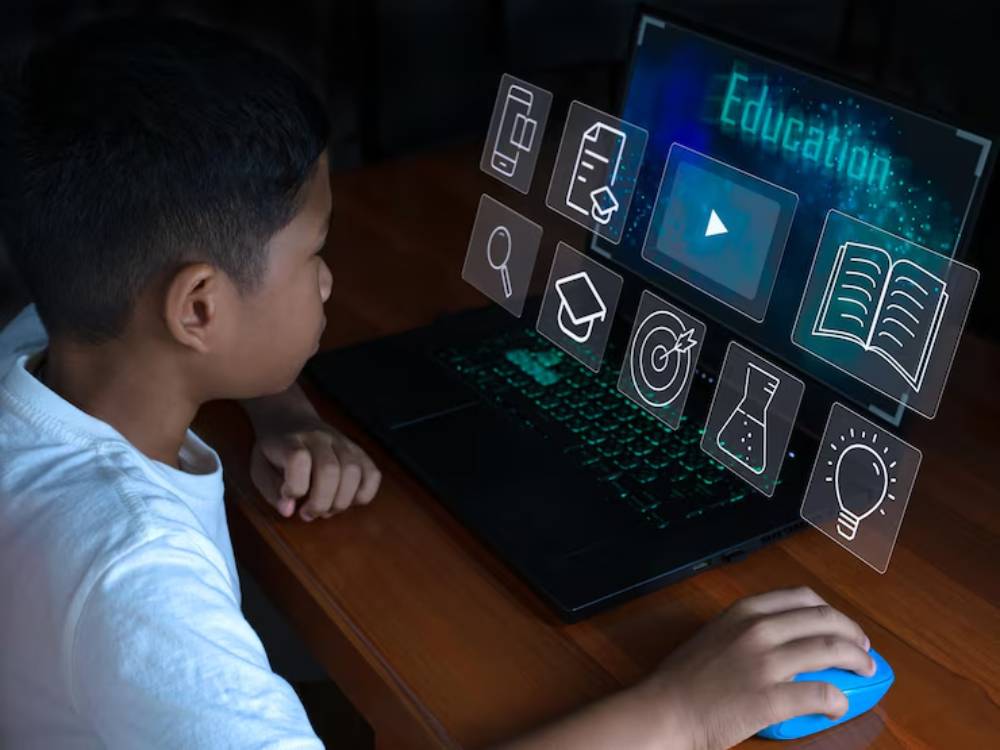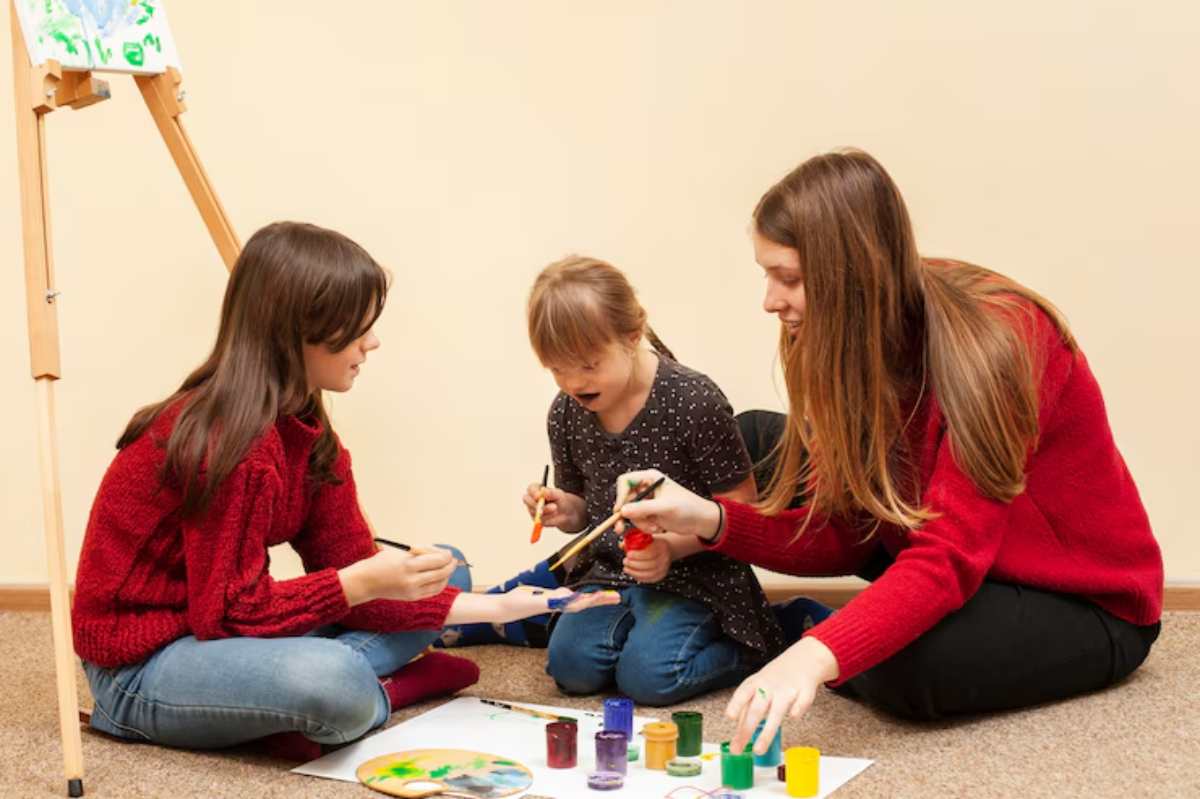
The Impact of Screen Time on Child Development
In an age when digital devices are integrated into daily routines, children are growing up in front of screens. Screens are everywhere. Tablets assist kids with learning, smartphones keep them in touch with their friends, and TVs keep them entertained with cartoons. For a lot of parents, keeping screen time to a minimum is a challenge.
The bigger question isn’t whether children should use screens; it’s how they should use them. Screen time, from toddlers to teens: How much is too much? Then what type of content is good for you? And how do digital interactions on cognitive, emotional, and social development?
In this post, we examine screen time and its real effects on child development. We include research and expert insights. We’ll look at both the pros and cons of technology. We’ll also discuss common pitfalls and strategies. This will ensure that technology aids a child’s development rather than stifles it.
Why It Matters
The Digital Environment Shapes Behaviour and Brain Development
The early years of life are a time of rapid brain development. Neural connections are formed through interaction, play, movement, and human communication. When screen time displaces these activities, it can have lasting developmental consequences.
The American Academy of Pediatrics states that digital media can help with learning. Too much screen time can hurt kids under five. It can affect their attention, sleep, language skills, and social growth.
Screens Are Not Inherently Bad
It’s important to distinguish between passive and active screen time. Watching fast-paced cartoons alone is very different from a child using an educational app with a parent. The impact depends on the type, quality, and context of screen use, not just the number of hours spent looking at a device.
Key Benefits of Balanced Screen Time
1. Enhances Learning Opportunities
Digital content can enhance academic concepts. It can teach new languages and improve problem-solving skills. Educational apps and interactive media can boost cognitive skills and curiosity, especially when used with an adult.
2. Encourages Digital Literacy

Children need to develop the ability to use technology responsibly and skillfully. Early guidance helps students get used to the tools they will need in school and later jobs.
3. Provides Access to Creativity and Expression
Art, music, storytelling, and video-making platforms offer kids a way to express themselves beyond traditional methods. With parental support, these outlets can spark creativity and confidence.
4. Supports Connection and Communication
Kids in digitally connected families or long-distance relationships can use video calls and social platforms. These tools help them keep emotional ties and strengthen bonds, even when they are far apart.
When Screen Time Becomes a Concern

Risk #1: Developmental Delays in Young Children
Spending too much time in front of screens can delay speech in toddlers. It can also shorten their attention spans and weaken their executive function. These problems often come from not enough real-world interaction and fewer chances for hands-on play.
Risk #2: Sleep Disruption
Blue light from screens can mess with melatonin. This delays sleep and lowers sleep quality. This is a big problem for kids who use screens before bed or keep devices in their rooms at night.
Risk #3: Emotional and Behavioural Issues
Studies link high screen use to problems such as irritability, trouble focusing, and signs of anxiety or depression. The reasons for this are complex. These issues include exposure to inappropriate content, comparing ourselves to others online, and too much screen time that cuts into physical activity.
Risk #4: Reduced Physical Activity
Too much screen time can cut into outdoor play. This play is important for physical health and motor skills. This shift can contribute to childhood obesity and related health challenges.
Additional Expert Tips & Common Mistakes to Avoid
Tip #1: Focus on Content Quality, Not Just Time
Instead of obsessing over screen time limits, prioritise what your child is watching or doing. Choose content that promotes thinking, empathy, or creativity. Use trusted sources like Common Sense Media to evaluate apps and shows.
Tip #2: Co-View and Co-Play
Whenever possible, engage with your child during screen time. Ask questions, share your thoughts, and make connections to their everyday life. This not only deepens understanding but also strengthens your bond.
Tip #3: Create Clear Tech Boundaries
Set household rules around screen usage. This might include:
- No devices during meals
- Screen-free time before bed
- Homework before entertainment
- Screens used in shared spaces only
Consistency is key to making these rules effective.
Tip #4: Encourage Offline Activities
Make sure your child has plenty of opportunities for play, reading, socialising, and physical activity. Having fun without screens reminds kids that digital devices are just one of many options, not the default.
Common Mistake #1: Using Screens to Calm or Distract
Giving a tablet during a meltdown may help for a bit, but it can hurt emotional control in the long run. Children need to learn how to manage frustration and boredom without turning to a device.
Common Mistake #2: Inconsistent Rules Between Caregivers
Parents, grandparents, and babysitters may have different expectations when it comes to screen use. Align on shared rules and reinforce them consistently across settings.
Advanced Insights and Expert Recommendations
Understand the Developmental Stages
Children’s brains change rapidly in the first 18 years of life. Tailoring screen expectations to match developmental stages is critical:
- Ages 0–2: Avoid screens, except for video chats
- Ages 2–5: Limit to one hour of high-quality content per day
- Ages 6–12: Focus on balance—prioritise schoolwork, sleep, and active play
- Ages 13–18: Guide discussions around online safety, privacy, and digital ethics
Teach Digital Citizenship from the Start
Even young kids can understand ideas like being kind online, asking before sharing photos, or choosing safe websites. These early lessons build the foundation for responsible tech use in the teenage years.
Monitor Without Overcontrolling
Use parental controls and monitoring tools, but also give your child opportunities to build trust. Discuss what they’re watching and encourage reflection.
Ask:
- “What did you like about that video?”
- “Did anything make you uncomfortable?”
- “Would you recommend this to a friend?”
These conversations keep lines of communication open and reduce secrecy around tech use.
Keep Tech Out of Bedrooms
One of the simplest and most effective strategies: create screen-free zones, especially in bedrooms. This promotes better sleep hygiene, encourages reading, and helps children disconnect at night.
Raising Healthy Digital Citizens
Technology is here to stay — and when used mindfully, it can be a powerful tool for learning, connection and creativity. But it’s not a substitute for play, conversation, movement or exploration.
As a parent or caregiver, you are best suited to guide your child through the digital experience in a way that is balanced and purposeful. This includes modeling good habits, making clear rules and staying active in your child’s use of technology.
Curiosity, consistency and care can frame your child’s screen time. This helps them develop not just as tech users, but also as responsible and resilient individuals in the digital age.


